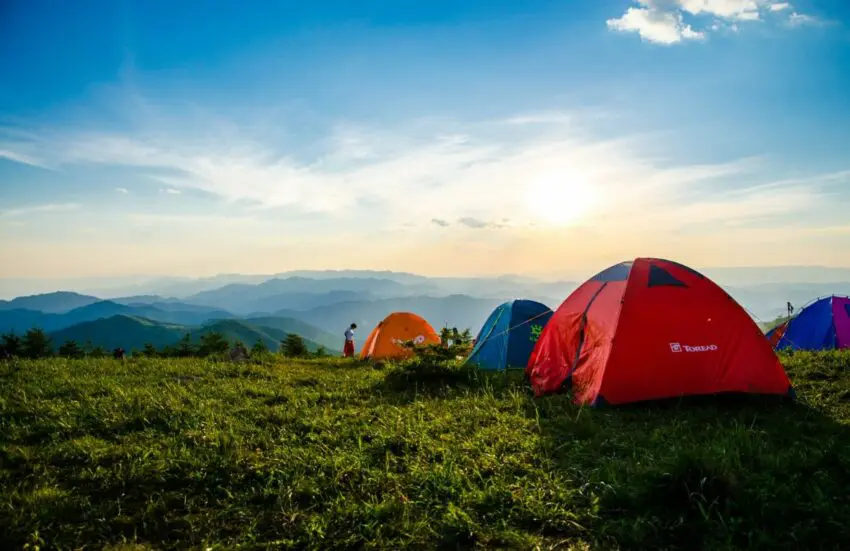New Zealand’s wilderness areas are some of the most stunning in the world—from glacial mountains to lush rainforests to golden beaches. Campers in New Zealand have the chance to explore their heart’s content, creating memories that will last a lifetime.
When camping in New Zealand’s wilderness areas, it is important to know the necessary steps to make your experience safe, enjoyable, and environmentally friendly. This guide will provide a comprehensive overview of the key information campers should be aware of when they venture into New Zealand’s wilderness.
Selecting the Right Campsite
The first step in camping in New Zealand’s wilderness areas is choosing the right campsite. While there are plenty of campsites to choose from, it’s important to select one that is safe, comfortable, and environmentally friendly.
When choosing a campsite, look for an area that is free from hazards such as falling trees or rocks, in an area that has not been previously disturbed by human activity. To ensure you’re not damaging the environment, use existing tracks and trails and refrain from cutting or damaging vegetation when setting up your campsite.
The location of your campsite should also provide some shelter from the elements. Consider the wind direction and the terrain; the campsite should be situated on flat, well-drained ground and out of the wind. If possible, avoid sites near streams and rivers, as these can attract insects and other pests.
Finally, remember to always check with local authorities to ensure that the campsite you plan to use is authorised for camping and other recreational activities.
Essential Camping Gear
Once you’ve chosen the perfect campsite, make sure you have the right gear to make your stay comfortable and safe. Here is a list of essential camping gear:
- Tent: Choose a tent that is waterproof and large enough to fit everyone in your party.
- Sleeping Bag or Blankets: To stay warm at night.
- Stove and Cooking Equipment: For cooking meals and boiling water.
- Food and Water: Don’t forget snacks and plenty of water, as well as a water filter if you are in a remote area.
- Lantern and Flashlights: For light in the evenings and mornings.
- First Aid Kit: Must-have for any adventure.
- Tools and Repair Kit: In case of any emergencies or breakdowns.
In addition to essential camping gear, it is always a good idea to bring along items such as insect repellent, sunscreen, and a GPS device if you are exploring remote areas.
Camping Responsibly
When camping in New Zealand’s wilderness areas, it is important to respect the environment and do so responsibly. To avoid unnecessary damage to the environment, follow these guidelines:
- Pack out all rubbish, including food scraps and packaging.
- Leave your campsite in the condition you found it; avoid cutting or damaging plants and trees.
- Keep a campfire small, and use only wood that has naturally fallen.
- Douse the fire with water and ensure it is completely out before leaving the campsite.
- Where possible, use a tent or shelter to protect the environment from trampling and impacts from camping gear.
- Respect the wildlife; never feed or harass native animals.
By following these guidelines, campers can enjoy the beautiful wilderness in New Zealand without causing unnecessary damage to the environment.
Conclusion
Camping in New Zealand’s wilderness areas can be a truly unforgettable experience. By following the steps outlined in this guide, campers will be able to select a safe and eco-friendly campsite, equip themselves with the necessary gear and items, and camp responsibly to ensure the preservation of the environment.
With the right preparation, camping in New Zealand’s wilderness areas is an incredibly rewarding experience. Enjoy the stunning views, relax, and don’t forget to take plenty of photos to capture the memories.

